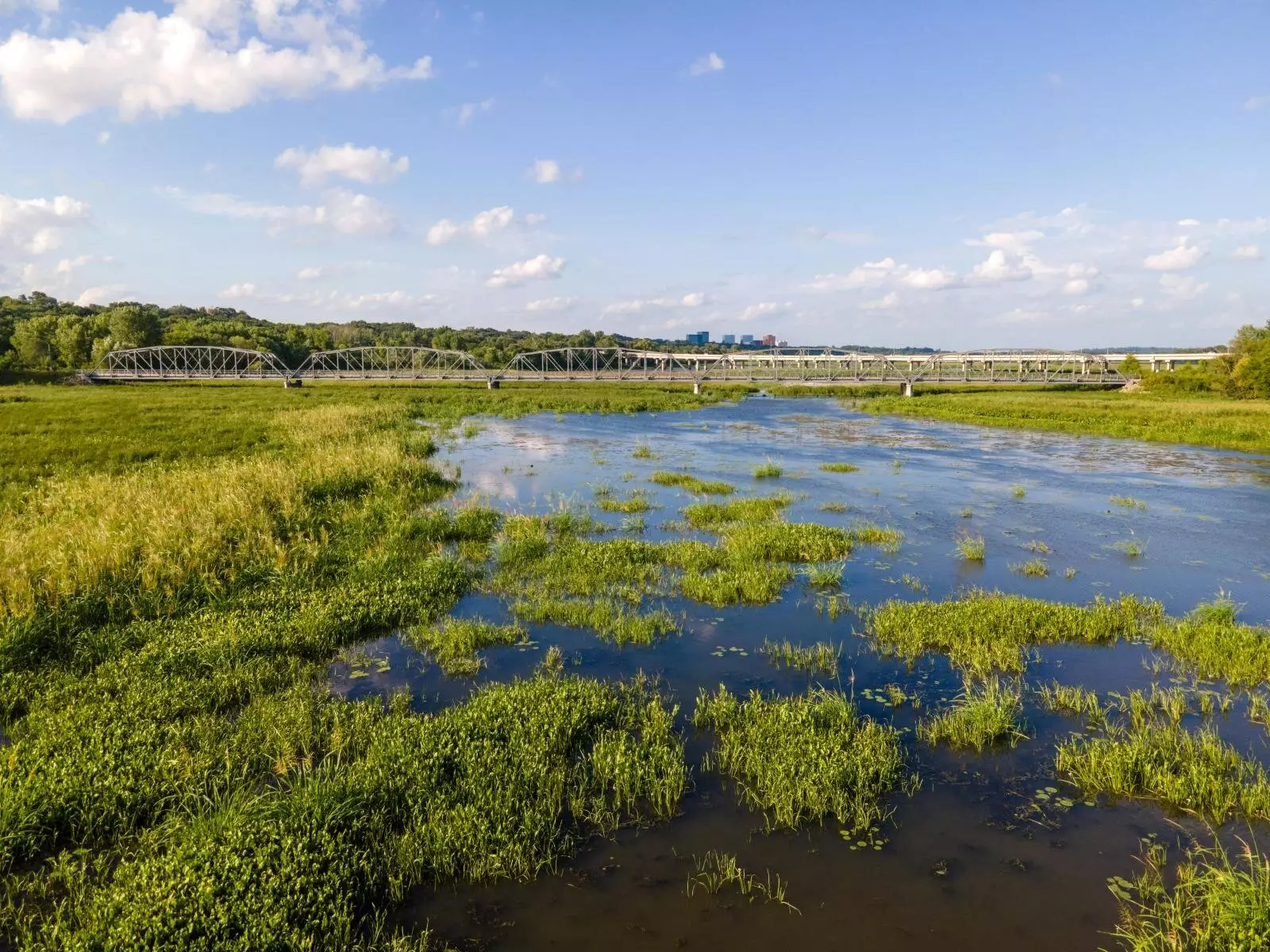As the world grapples with the multifaceted crises brought on by climate change, wetlands stand out as both critical ecosystems and crucial tools in the fight against environmental degradation. Earth System Models (ESMs) play a significant role in understanding the interaction between climate change and wetland dynamics. However, the traditional representations of wetland hydrology in these models often fall short, leading to unreliable projections about the future of these vital ecosystems. Current models tend to oversimplify the complexities of wetland hydrology, which raises serious questions about the effectiveness of our predictive capabilities regarding wetland evolution amidst a changing climate.
Advancements in Wetland Simulation
A recent study published in *Nature Communications* by a team from esteemed institutions, including the Pacific Northwest National Laboratory and the University of Michigan, aims to address this critical gap. By employing a cutting-edge ESM, the researchers significantly enhance the simulation capabilities of inundated wetlands. Their model integrates essential physical mechanisms of flooding while exploring a variety of climate scenarios. This approach not only improves the accuracy of simulations but also validates the findings against real satellite observations—holding the promise of providing a robust framework for predictions.
The model’s sophistication reveals alarming insights: wetlands across North America will face considerable transformations due to climate change impacts. Under two divergent climate scenarios, these ecosystems are projected to undergo a decline in area by approximately 10%, peaking at 14% under high-emission scenarios. The spatiotemporal variability of these changes is striking; while certain regions may show a dramatic decrease, others could experience fluctuations of up to ±50%. Such findings underscore the precarious balance that wetlands maintain, influenced not only by precipitation rates but also increasingly by rising temperatures.
Implications for Biodiversity and Ecosystem Services
The implications of these shifts extend far beyond mere statistics. As the primary driver of wetland alterations transitions from precipitation dependency to temperature influence, we can anticipate significant drying, especially during the critical summer months when biological activity is at its zenith. This alteration poses a considerable threat to biodiversity in iconic wetland regions such as the upper Mississippi, Southeast Canada, and Florida’s Everglades. The seasonal cycles that support myriad plant and animal species risk disruption, potentially decimating the delicate web of life dependent on these habitats.
Furthermore, wetlands in colder climates face unique challenges, including increased infiltration due to warming temperatures, which leads to a loss of soil ice. This phenomenon threatens to shrink wetland areas in regions previously considered stable, further exacerbating the detrimental effects of climate change on global biodiversity and ecosystem health.
The Call for Climate Action
The study’s projections emphasize an urgent message: the fate of wetland ecosystems is inextricably linked to global emissions trajectories. The discrepancies highlighted in model outputs based on varying climate scenarios stress the necessity for robust emission mitigation efforts. If we hope to preserve these indispensable ecosystems and their myriad benefits, including carbon storage, flood mitigation, and biodiversity conservation, immediate and impactful policy changes are imperative. The clock is ticking, and our response to climate change now holds the key to the viability of wetlands and the ecosystems they sustain in the future.

